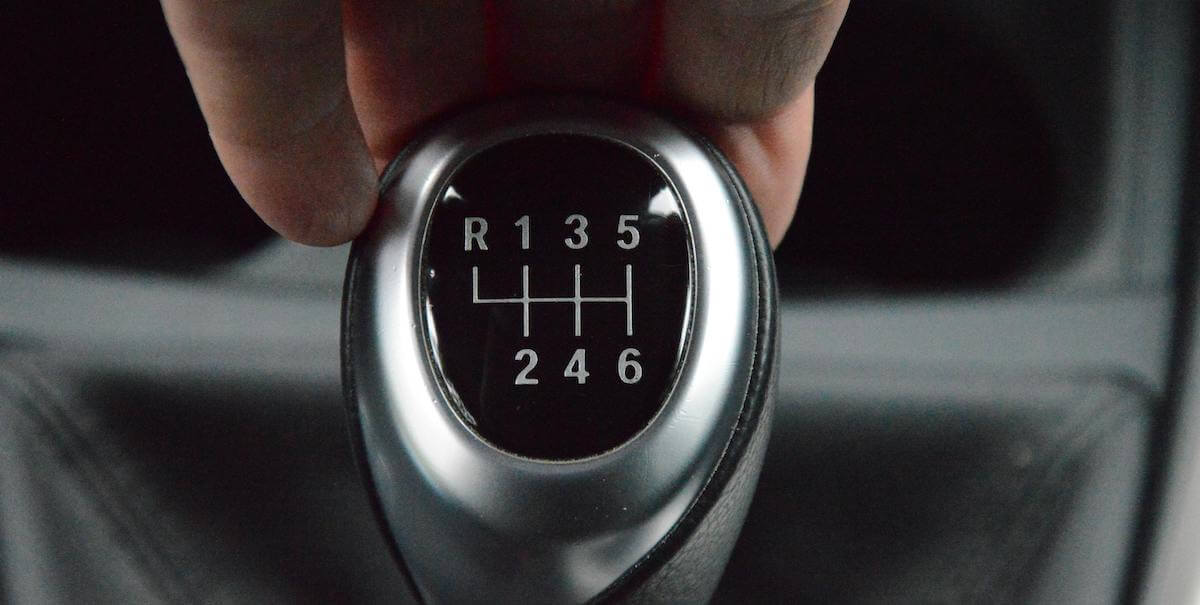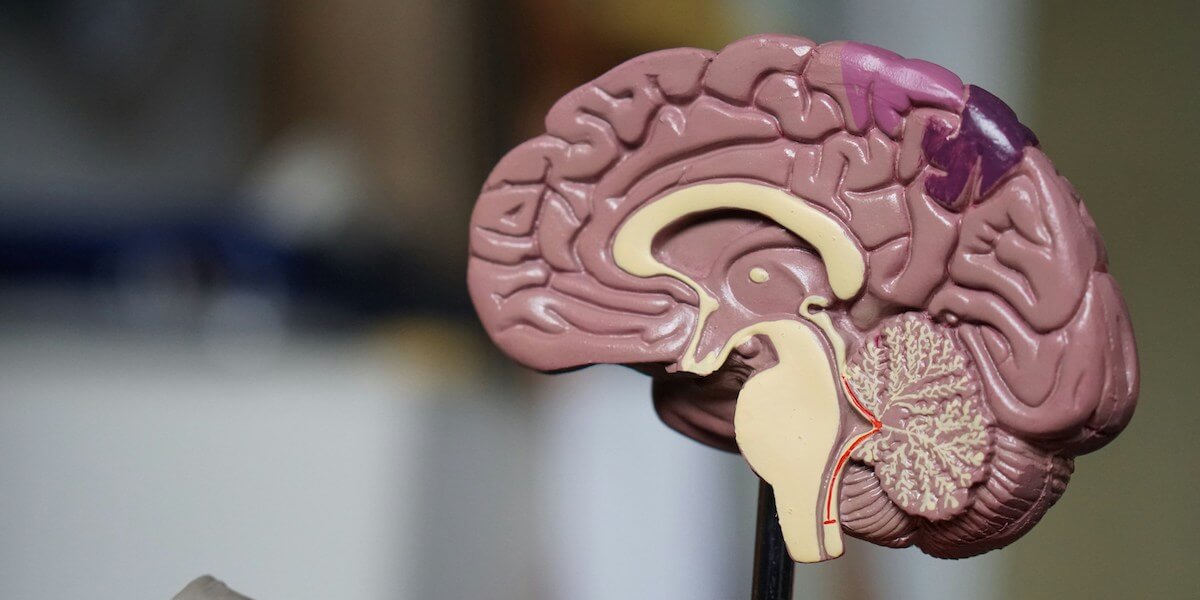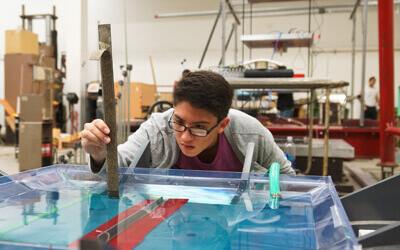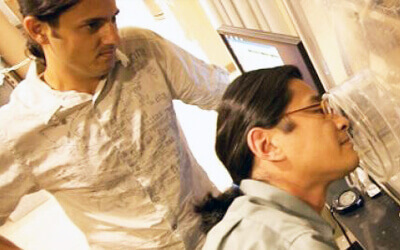
New USC research offers an unseen insight into how the brain shifts gears. The researchers discovered that our innate ability to make quick changes in motor function are the result of a unique brain mechanism. Image/Ulrick Trappschuh
In the high-stakes world of the NBA, we watch in awe as our favorite player seamlessly switches moves in the blink of an eye. A perfect layup is suddenly defended. The shooter changes course mid-air, passing to an open teammate for a corner three.
Humans have a remarkable ability to rapidly switch between different motor actions when life throws us a curveball. You reach to pull open a door but suddenly see you must push to exit. In traffic, you must think fast to change from accelerating to evading or braking to avoid an obstacle. The brain function that helps us switch course has been the subject of extensive scientific debate, with the key question being whether the function the brain uses to help us switch gears is the same one it uses to stop our movement.
A new study from USC’s Alfred E. Mann Department of Biomedical Engineering has harnessed a complex mathematical model to reveal that this switch is not an extension of stopping but a unique action that actively suppresses the previous one, enabling a seamless transition to the new target. The research team has also been observing Parkinson’s patients playing simple video gaming tasks in order to study the mechanism in action. The research has been published in the journal PLOS Computational Biology, shedding new light on how our brains select, stop, and switch between actions.

Assistant Professor Vasileios Christopoulos is lead author of the research.
Lead author Vasileios Christopoulos, an assistant professor of biomedical engineering, said that while switching course may seem like an innate process for humans, the complexity of how this is triggered in the brain has been a mystery.
“Traditionally, psychologists believe that switching is an extension of stopping. It’s what we call ‘go, stop, go.’ You go. You stop and you switch to the new action,” Christopoulos said. “However, we believe that — especially when you have to perform something really fast — your brain doesn’t do that. Instead, the new action suppresses your current action without using another mechanism to inhibit it. Stopping and switching are two different cognitive motor processes.”
Christopoulos said the function was fundamental to understand from a scientific perspective, given that humans switch and regulate their actions at every moment of the day.
“From a clinical perspective, if we understand how the brain regulates actions, and if we understand how Parkinson’s affects these mechanisms, we can create better clinical treatments for patients,” Christopoulos said. “There’s also the engineering perspective. If we can create a model of the brain that generates actions, then we can create biologically-inspired robotic systems, like autonomous cars, based on the way that the brain actually regulates these actions.”
To validate their hypothesis on how the brain switches actions, the research team used a three-pronged approach. Firstly, they built a computational model of the brain, which aimed to simulate how the brain decides which action to perform, how it inhibits an ongoing action, and how it initiates a new action when the context changes. They then used human participants to perform tasks involving reaching, stopping and switching movements. The team compared the participants’ motor behavior to the simulated motor patterns generated by the model. Finally, the team has been working with Parkinson’s patients at Cedars Sinai and the University of Texas Southwestern Medical Center to see the mechanism in action through patients’ recorded brain activity.
Christopoulos’ co-author on the paper is the chair of Neurosurgery department at UT Southwestern Medical Center, Nader Pouratian. Shan Zhong, a postdoctoral researcher in the Alfred E. Mann Department, developed the computational models and acquired and analyzed the behavioral data for the study.
A new understanding of the brain that could improve Parkinson’s treatments

The USC Viterbi research offers new insights into brain functions, which are fundamental for future treatments of neurological disorders. Image/ Robina Weermeijer.
This new insight into one of the foundational aspects of human motor control could be an essential development for the 90,000 Americans diagnosed with Parkinson’s disease each year. Parkinson’s patients deal with longer reaction times and delays when they want to initiate movement, compared with those of us who don’t live with complex neurological disorders.
This group of patients was of interest to the USC Viterbi research team because their treatment involves deep brain stimulation of the subcortical regions that control motor function — a prime opportunity to record brain activity to better understand the complex processes of motor regulation in this region.
Christopoulos said that when the patients in the test groups undergo the deep brain stimulation procedure, the surgeon accesses this region via a burr hole, inserting a long electrode that simultaneously allows brain activity to be monitored while they are awake during treatment. The procedure aims to treat Parkinson’s-related tremors by stimulating the subthalamic nucleus or STN region, which Christopoulos described as the brain’s natural braking system, a crucial component of the switching-gears mechanism.
“This is how our brain stops our actions. For instance, we’ve all experienced that sensation when you freeze because you’re scared or surprised,” Christopoulos said. “What happens to this area of the brain where you get scared is that it sends a signal to the brain to immediately stop whatever you’re doing. For Parkinson’s patients, this area is hyperactive and creates a tremor and bradykinesia (slowed movement).”
“The patients are awake and given a joystick. We show them the screen, and we show them tasks that involve reaching for targets, stopping an action and switching an action from one target to the other,” Christopoulos said. “So, the next step is to take this data from the neurosurgeons and analyze it. We’re going to see how similar the predictions of our simulated model are to what actually happens in the brain.”
Christopoulos said that the work had additional clinical value. Monitoring how Parkinson’s patients perform while under deep brain stimulation and how the treatment affects the brain could help clinicians avoid undue side effects and improve treatments for patients.
By harnessing their computational model supported by carefully designed experiments, Christopoulos and his team are continuing to unravel the intricate neural mechanisms that underpin our most essential cognitive functions, paving the way for new discoveries and applications.
The research was supported by an NIH U01 award titled “Modeling and Mapping Human Action Regulation Networks.”
Published on April 24th, 2025
Last updated on April 24th, 2025







